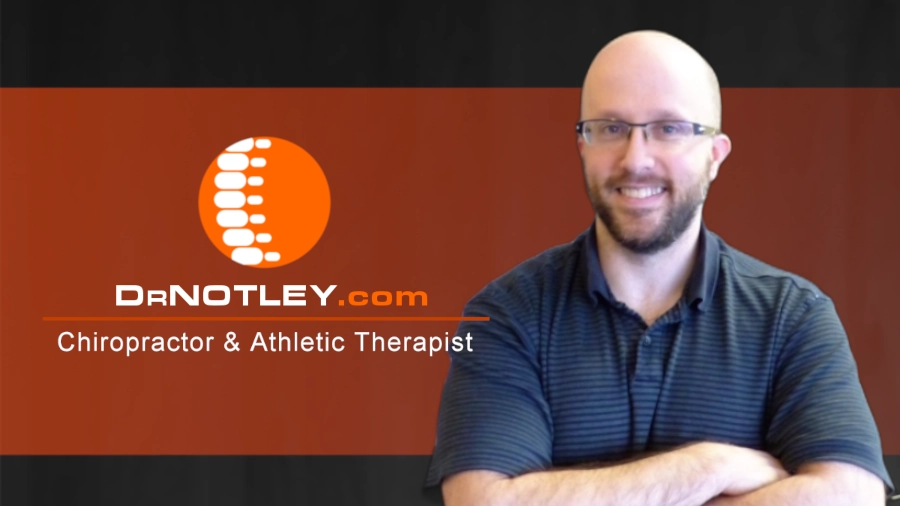There are a number of muscles that reside in the back of the neck. They are mostly covered by the trapezius. Some of these muscles of the neck travel straight up the spine while others travel diagonally up and towards or away from the centre of the spine. Many of these muscles start in the upper part of the thoracic spine and either end up in the neck or end up on the back of the head.

The main action of these muscles is to extend the neck and if they attach onto the skull they aid in extension of the head. Because some of these muscles travel diagonally they will also aid in rotation of the spine. Therefore, when releasing these muscles, a rotation of the neck will provide a little more stretch.
Depending on the muscle involved pain can be referred to the neck, the top of the skull, behind the eyes.
These muscles can become over worked from head forward postures or from lifting heavy weights off the floor while hyperextending the neck. Straining the neck to lift the weight up. These muscles are often associated with upper cervical joint dysfunctions and a hypomobile thoracic spine. It is also important to check the muscles of the front of the neck as well.
There are a number of ways to release these muscles. Acupuncture, Active Release Techniques, dermal traction (cupping) instrument assisted soft tissue manipulation, along with changing movement habits.
Self myofascial release of the muscles on the back of the neck.
There are a couple of ways to release these muscles on your own. You can use a ball or half ball to help you with this. Look up slightly and place the ball anywhere from the base of the skull or down the back of the neck. You can even extend this down into the upper back. You will have press down through the trapezius muscle. Once you have made contact with the muscle bring your chin down towards your chest. You will feel tension pulling on the ball resist this tension by directing your pressure in the opposite direction.
To get a little more out of this movement slightly turn your head left or right and feel the tension. When turning make sure you maintain contact in the same spot. Feel the tension and hold for 30 seconds to a minute twice a day.
Originally posted on May 17, 2022 @ 4:39 pm